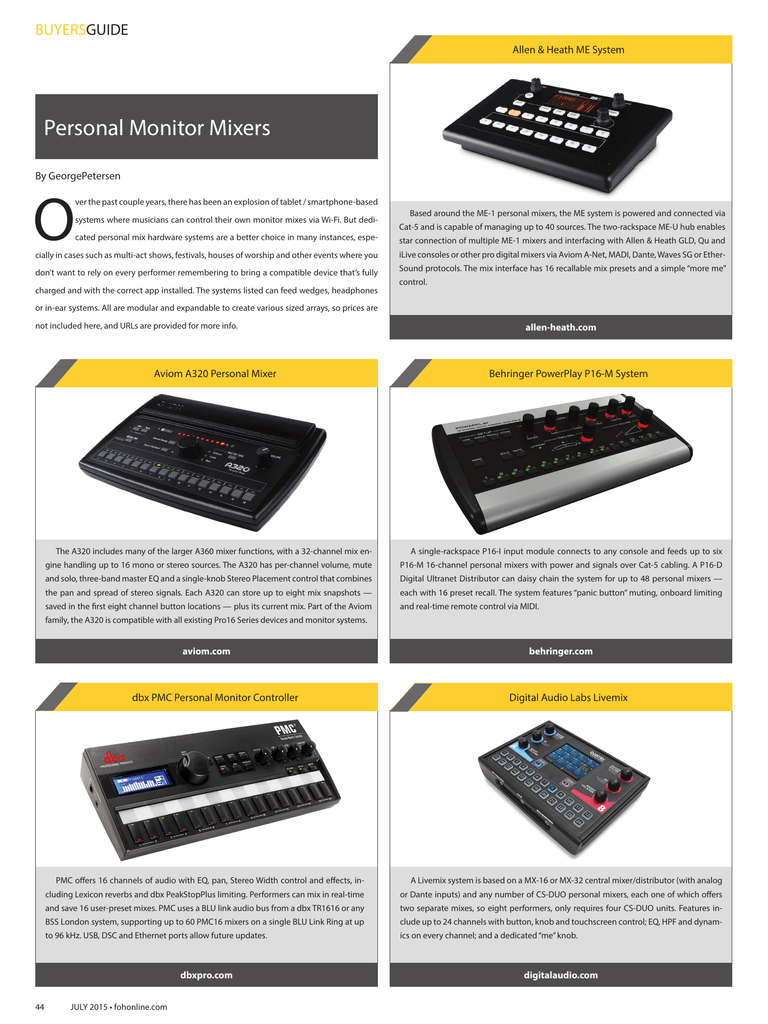
Routing sends to buses rather than directly to outputs permits much more flexibility in setting up monitor mixes. I set the input of this track to be the bus and send its output to an output of my Pro Tools interface, which feeds my headphone amps. You could choose an output as a destination, but I always select a bus: this means I can also create an Auxiliary Input track to act as a master volume for that particular monitor mix. To create a send, click on an unassigned area in the chosen send row, and you can then choose where it is routed to. To see these, enable them from the Mix Window Views in the View menu.

They are grouped together into two sets of five: Sends A to E and Sends F to J. Pro Tools now offers up to 10 different sends per channel, which you can configure in whatever way suits your needs. The Pro Tools mixer is no different in this respect - except that, being a software mixer, there is somewhat more flexibility than a lot of hardware mixers provide. Most mixing consoles provide a number of auxiliary sends from each channel, which can be used to set up both monitor mixes and effects sends. This will typically involve setting up one or more 'monitor mixes' to let the musicians hear what they need. Here I'm setting up two monitor mixes, one for the performers and one for the conductor.Ī vital part of any recording session is ensuring that the musicians can hear themselves, and each other, along with any pre‑recorded tracks they're playing along to.

Like any hardware mixer, Pro Tools' Mixer can be used to give the musicians on your session exactly what they want.Īs on any mixer, monitor mixes are set up in Pro Tools using auxiliary sends.


 0 kommentar(er)
0 kommentar(er)
